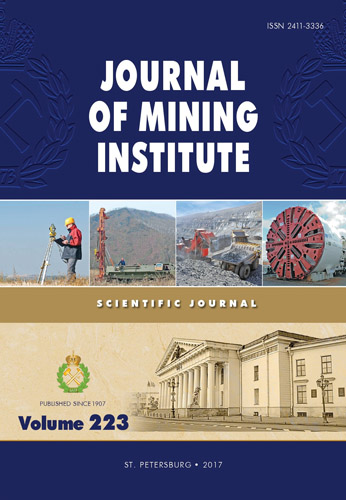Modelling of fiberglass pipe destruction process
- 1 — Ph.D., Dr.Sci. professor Saint-Petersburg Mining University
- 2 — Ph.D., Dr.Sci. professor Mining Metallurgical Institute
Abstract
The article deals with important current issue of oil and gas industry of using tubes made of high-strength composite corrosion resistant materials. In order to improve operational safety of industrial pipes it is feasible to use composite fiberglass tubes. More than half of the accidents at oil and gas sites happen at oil gathering systems due to high corrosiveness of pumped fluid. To reduce number of accidents and improve environmental protection we need to solve the issue of industrial pipes durability. This problem could be solved by using composite materials from fiberglass, which have required physical and mechanical properties for oil pipes. The durability and strength can be monitored by a fiberglass winding method, number of layers in composite material and high corrosion-resistance properties of fiberglass. Usage of high-strength composite materials in oil production is economically feasible; fiberglass pipes production is cheaper than steel pipes. Fiberglass has small volume weight, which simplifies pipe transportation and installation. In order to identify the efficiency of using high-strength composite materials at oil production sites we conducted a research of their physical-mechanical properties and modelled fiber pipe destruction process.
